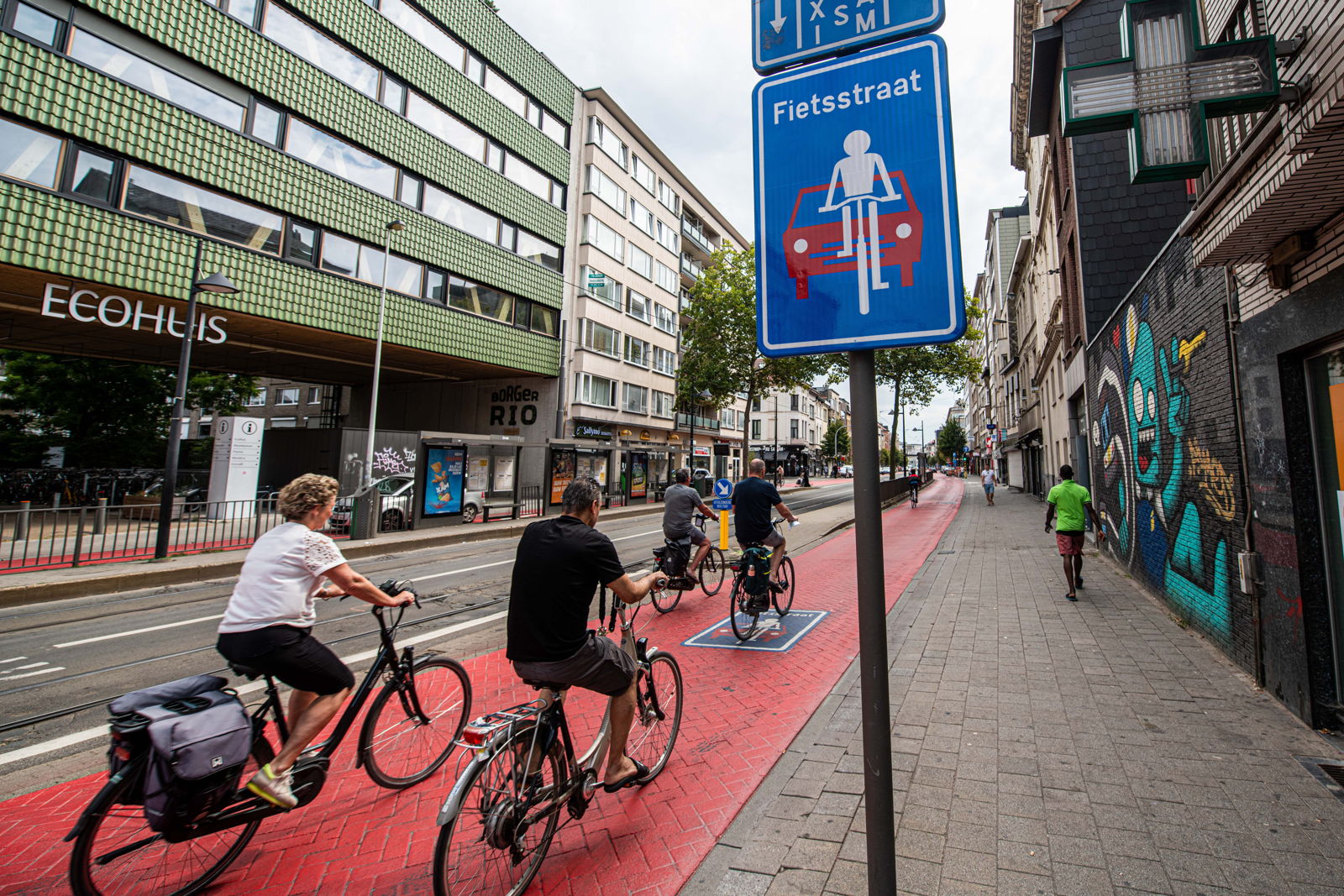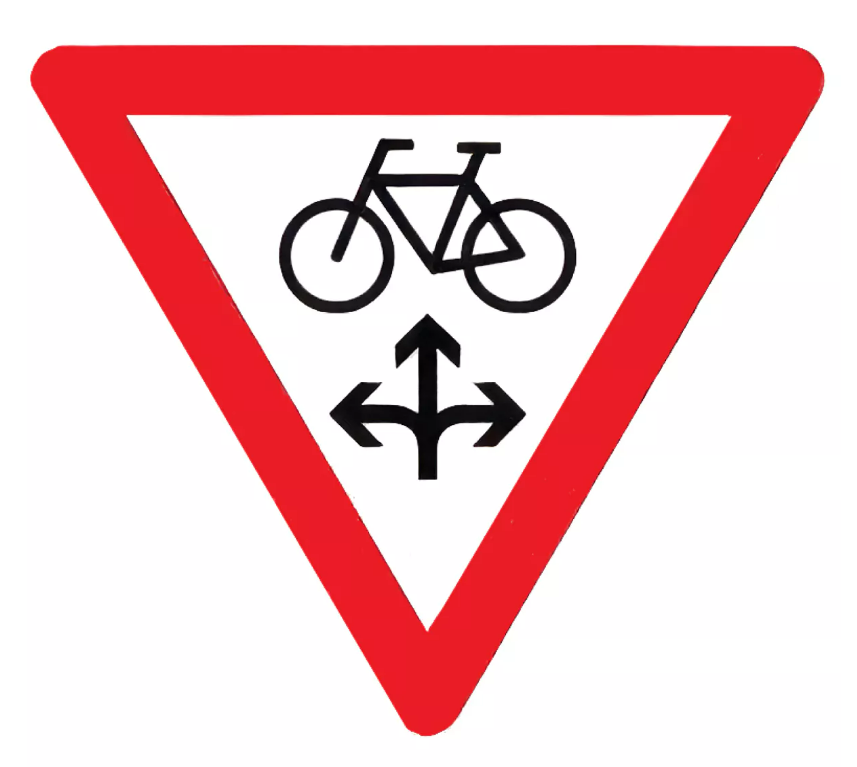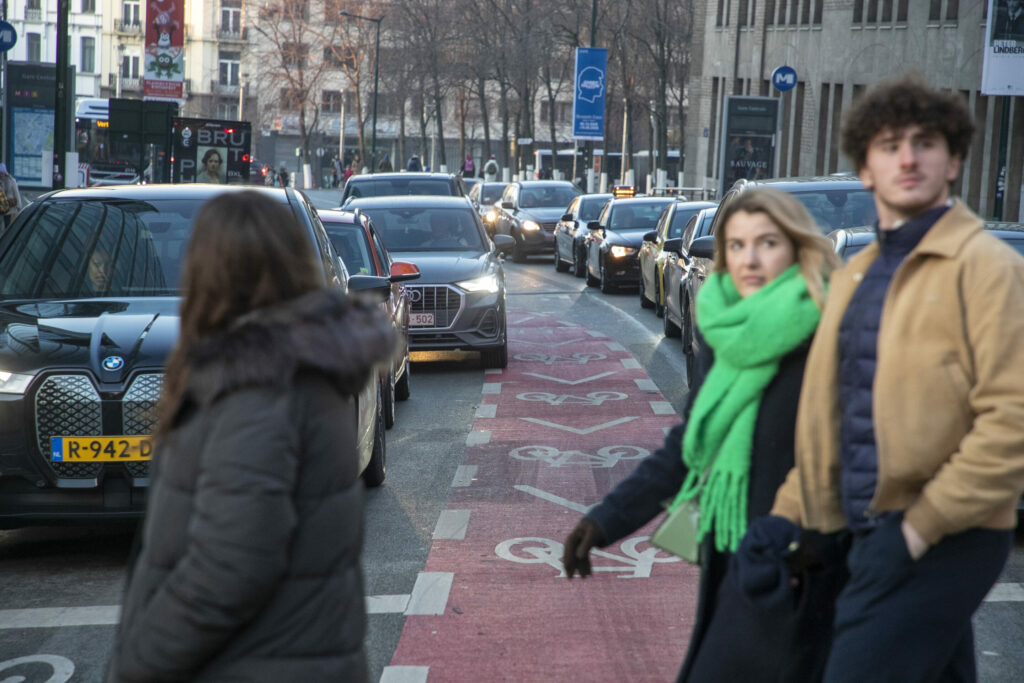Belgium's new highway code, which will replace the current 50-year-old version, has been given the green light. The Public Road Code, with adjusted traffic rules and new traffic signs, will come into effect in late 2026, one year later than originally planned.
The name reflects the fact that cars are no longer the default mode. The changes were unveiled last December with a view to being implemented from autumn 2025. But the text, ratified by King Philippe this week, will now take effect from 1 September 2026.
The new rules aim to reflect developments in mobility over the past five decades. Motorists are no longer central to the thinking but instead active road users, such as cyclists and pedestrians, are strongly considered.
"The name change reflects a paradigm shift: the motorist is no longer the focus of a 'Highway Code'. Cars are no longer the default standard," explained the Federal Minister of Mobility Georges Gilkinet. "They no longer have a monopoly on the road. We now have a Code that governs the fair sharing of public roads for all."
General changes
The new code is based on five pillars: making roads safer for all transport modes; rebalancing the place given to each road user; promoting active mobility; improving road safety (aiming to have no traffic deaths by 2050); and ensuring clarity, consistency and legibility.
From 1 September 2026, more than 45 new road signs – including eight new warnings, such as for black ice or snow, fog and a traffic jam – and symbols – including one for "cargo bikes" and "shared vehicles" – will come into force. By promoting a greater variety of transport alternatives, the new code should reduce greenhouse gas emissions.
To make public roads a "fairer" place for all road users, other changes include gender-neutral traffic signs.

Credit: Belga/Jonas Roosens
Parking and stopping (bicycles and scooters) on the tactile paving for blind and visually impaired people will be prohibited, as will stopping in places reserved for disabled people. For people with reduced mobility, the minimum age for using motorised vehicles (including electric scooters) will be dropped.
The traffic safety institute Vias welcomed the more logical Code and recognised that the wording is more comprehensible. However, it warned that many road users will not know all the rules and apply them correctly. The Flemish Cyclists' Union welcomed that bicycles have greater precedence.
How the rules will impact different road users
Pedestrians
- When parking two-wheeled vehicles (bicycles, mopeds, motorcycles) on the pavement, there must always be 1.5 meters of free passage for pedestrians;
- Whether on or off the roadway, the distance between any moving vehicle and a pedestrian must be at least 1 metre and 1.5 metres outside built-up areas;
- Crossing an intersection diagonally – as is done in Japan – is allowed when the "square green for pedestrians" traffic sign applies;
- Groups of pedestrians travelling in the evening or at night can now choose between using lights (one at the front and one at the back of the group) or wearing a reflective vest for each member of the group.
Cyclists
- Cycling on the footpath is now allowed up to the age of 11 (up from 9 years old previously);
- A new sign will make the use of some bicycle paths optional. A B22 sign will permit cyclists and pedelecs to pass through red or orange lights in order to turn left (in addition to being able to turn right or go straight, provided they give way to other road users);
- Road authorities can allow bicycles on pavements if there is not enough space to construct a bicycle lane but the road is dangerous;
- A "group" of cyclists is now considered to number 10 or more members (compared to 15 previously). It should be no bigger than 100 riders (down from 150). Specific provisions apply to these groups, like being allowed to ride on the road or to ride side by side;
- Crossing an intersection diagonally is allowed when the "square green" traffic sign applies;
- Cyclists and other two-wheelers can now pass rows of slow-moving vehicles, such as cars stuck in a traffic jam;
- The list of equipment requirements for cyclists (lights, reflectors, brakes and bicycle bells) has been simplified and standardised.

A B22 sign. Credit: Georges Gilkinet's Cabinet
Cars
- Both the driver and (adult) passenger can now be fined if the passenger is not wearing a seat belt;
- In case of a breakdown or accident, all direction indicators must be turned on. If this is not possible, a warning triangle must be placed at a distance of 100m;
- The semi-monthly alternate parking rule (where vehicles can park alternately on different sides of the road) will be dropped.
Motorbikes
- The C35 traffic sign (no overtaking, see image above) now also applies to motorbikes;
- Motorbikes are now allowed to use the "emergency lane" (the space that cars must form between two lanes in case of traffic jams);
- Parking on the road must be in line with the carriageway and can no longer be perpendicular;
- The road authority may choose to prohibit the parking of motorbikes on pavements in a zone;
Speed pedelecs
- Can access pedestrian zones and play streets, but only when going at a walking pace and respecting pedestrians and other road users;
- They must follow specific rules when riding in groups;
- Speed pedelecs must follow the same rules as cyclists, with two exceptions: they can't ride on the part of the public road that is only for pedestrians and cyclists and in zones with a 50 km/h speed limit, the bicycle path and the D9 (part of the public road mandatory for pedestrians, cyclists and Class A moped riders) are not mandatory for them.

